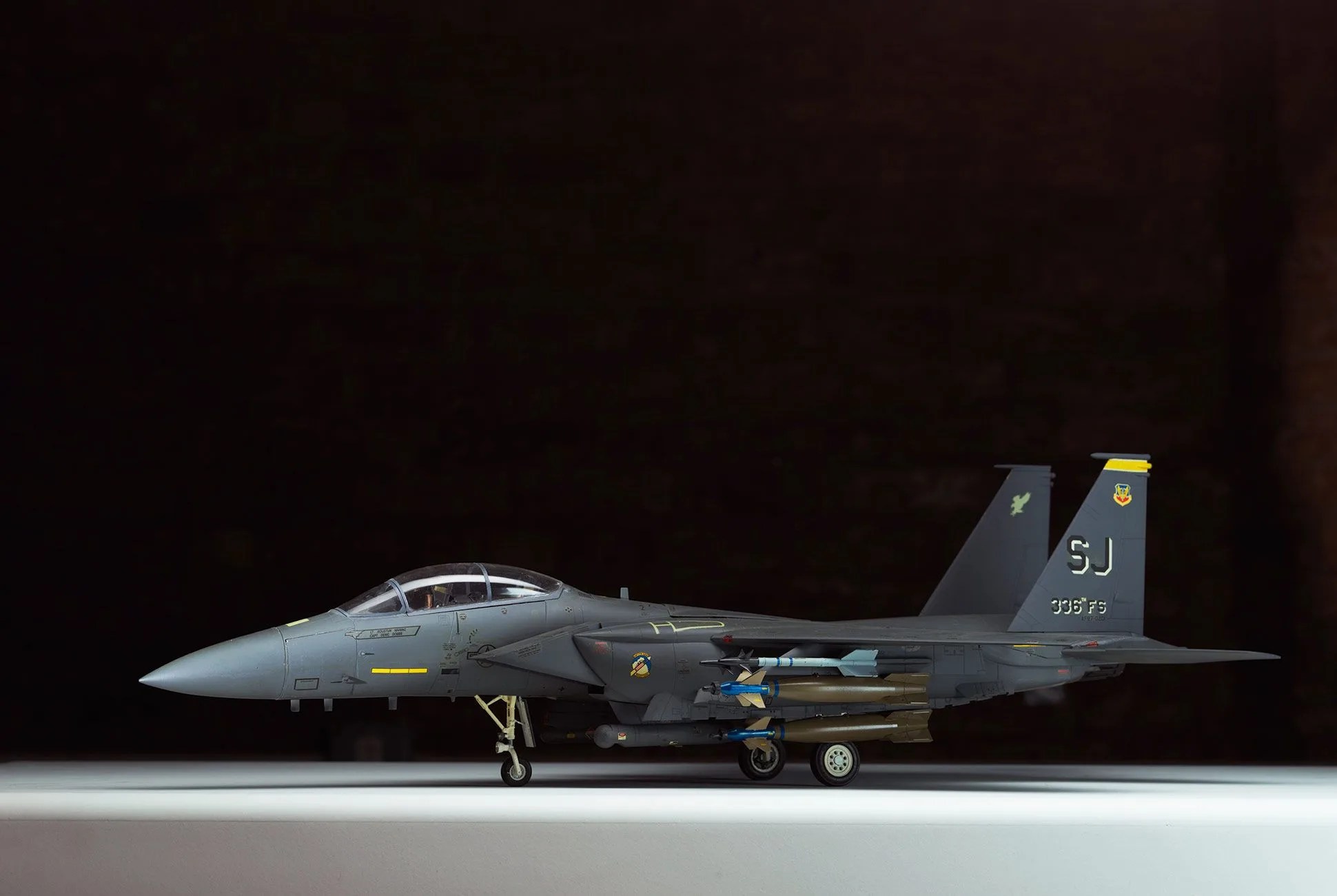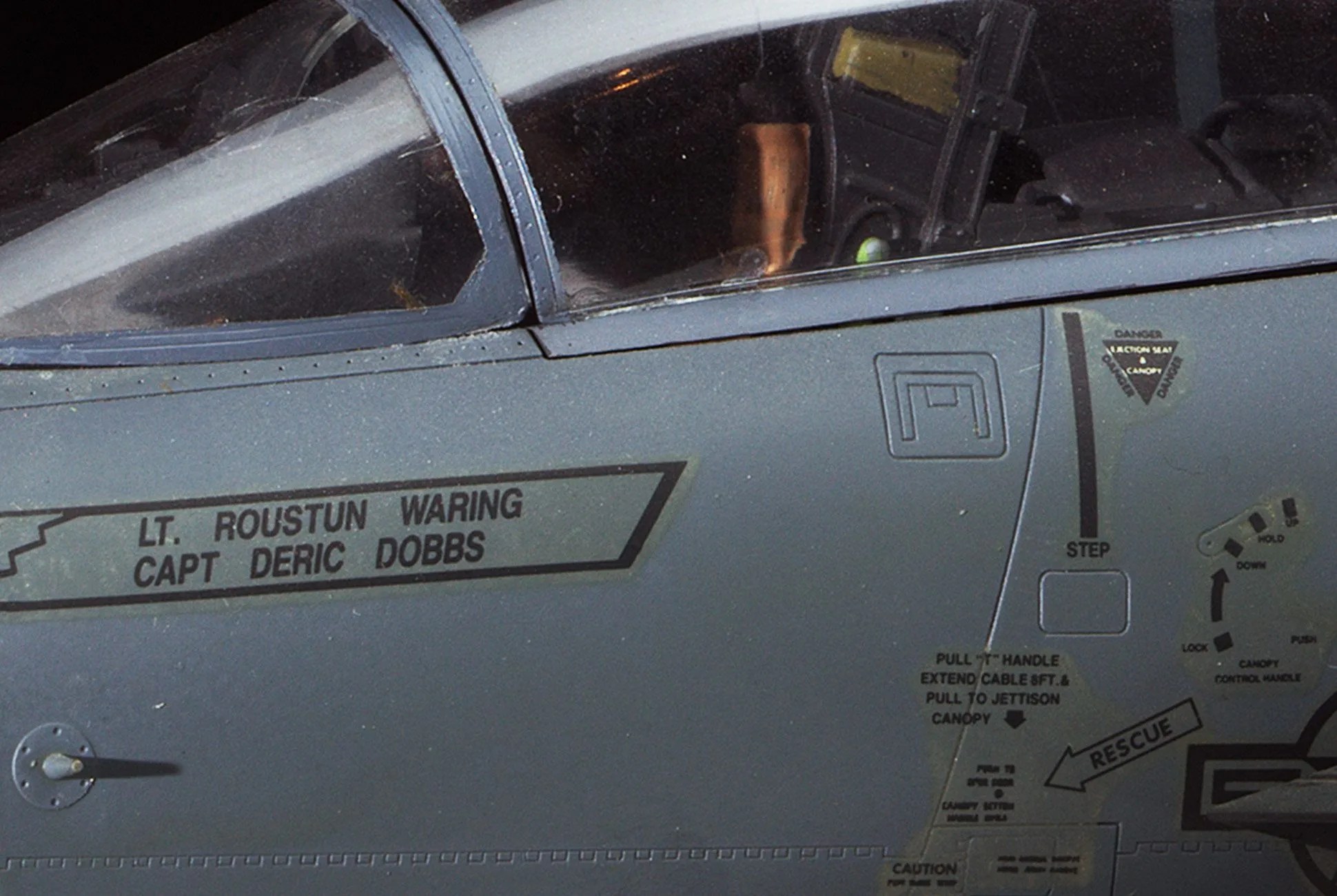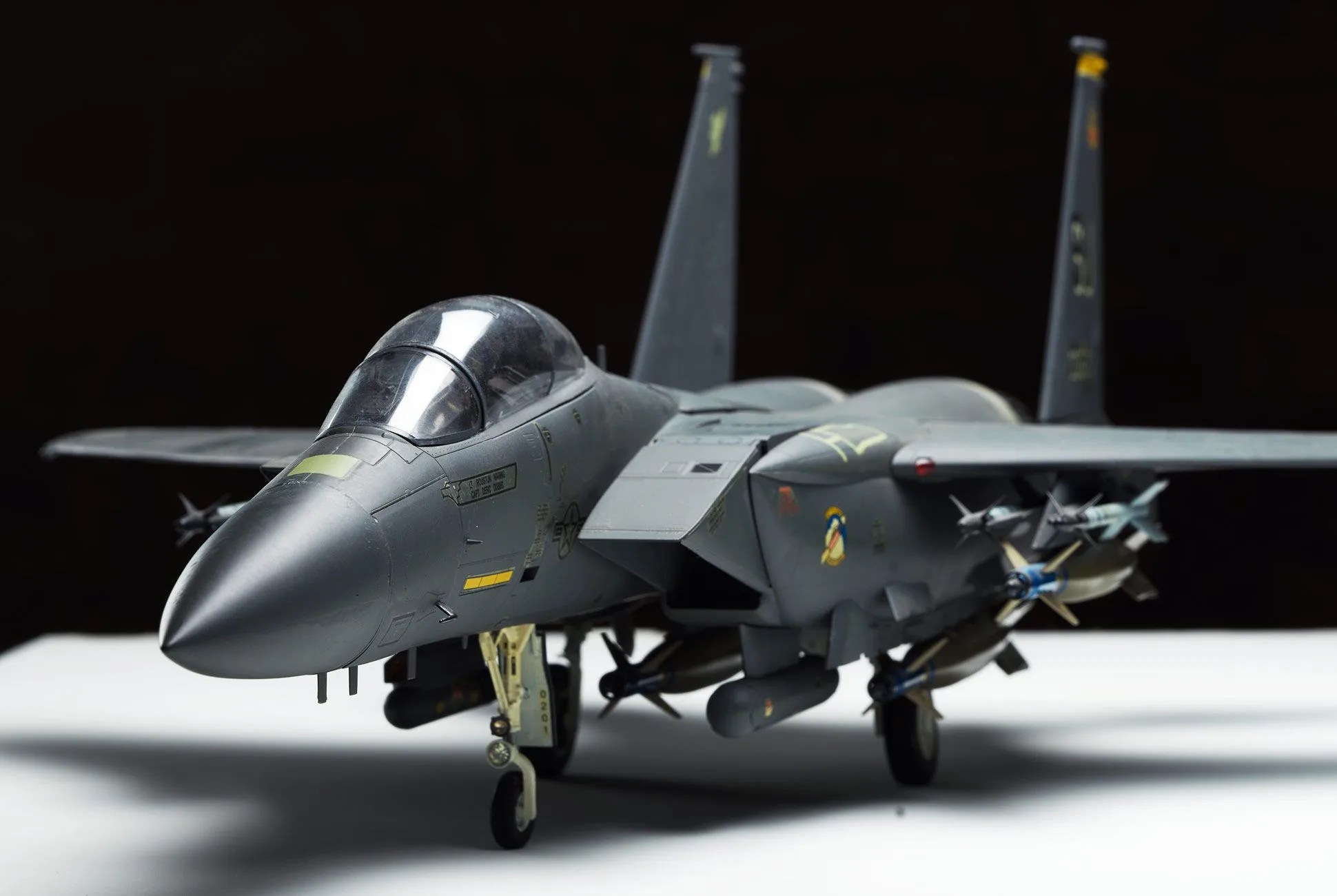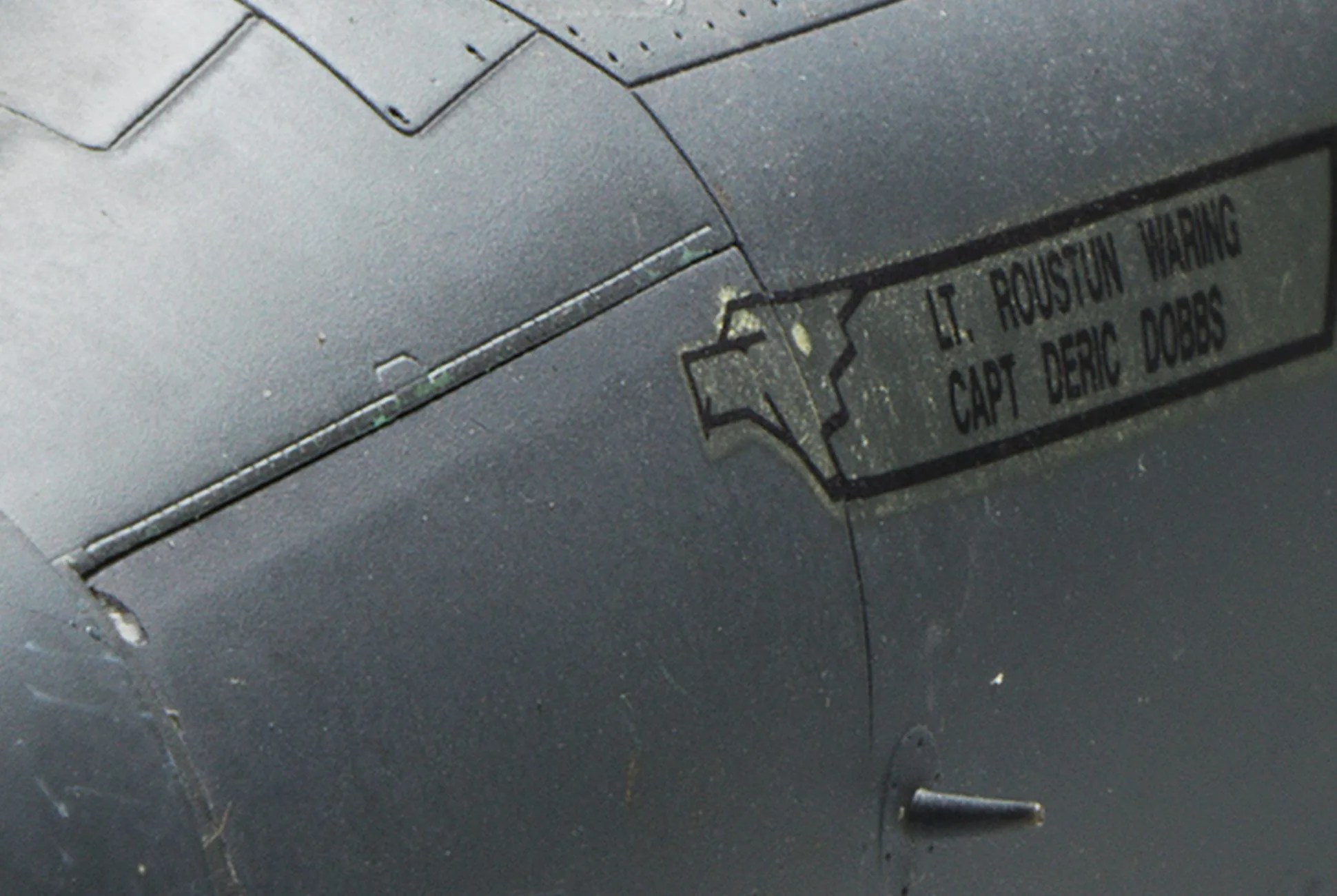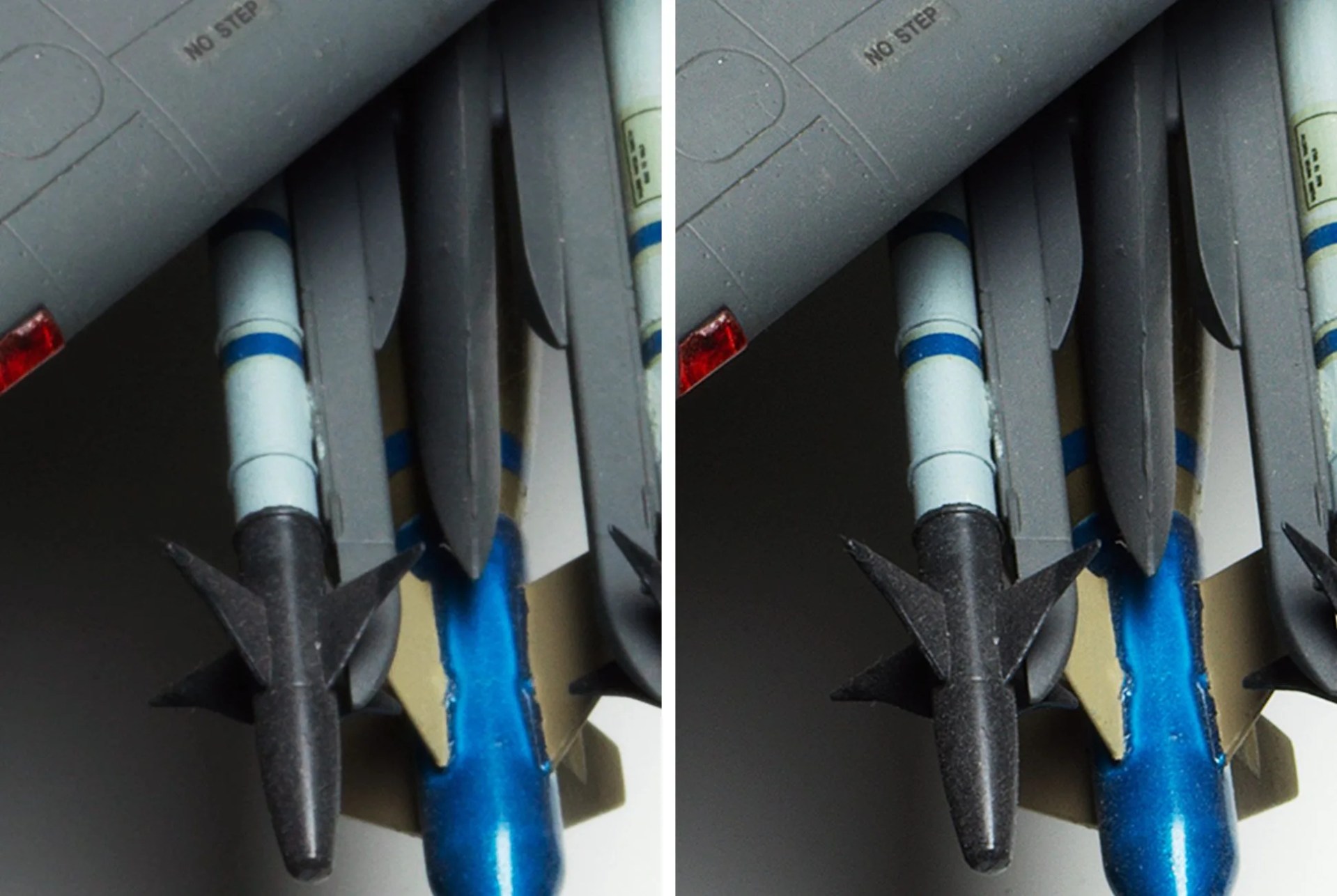4 photos
Every camera sensor is woven with microscopic threads of blackness, thousands of vertical and horizontal lines draped across the sensor that do nothing at all to help you capture a stunning image. These are the spaces between the pixels. No matter how small the pixels become or how large the sensor, they’ll always be there, leaving the camera to interpolate the colors and content contained in those dead spaces. It’s this conflict that creates the moiré pattern you often see in situations where the detail density of the subject exceeds the resolution of the sensor.
For the most part, that’s fine. Few photographers really worry about that level of detail. Unless, of course, you’re trying to capture exactly that level of detail — if you’re, say, shooting classic cars or archiving precious artwork or, in my case, trying to document a fragile family heirloom before too many more years take their toll on it.
That heirloom isn’t a vintage Rolex or a turn-of-the-(previous)-century dress. It’s a model airplane. A U.S. Air Force F-15 Eagle, to be precise—large, gorgeously built from an expensive kit by my father two decades ago, just before he died suddenly from undiagnosed heart and brain disease. He did a fantastic job on the model, with precision painting and decal work, as well as solid construction from nose to tail, wingtip to wingtip. That was his way. He spent his lifetime building scale model airplanes — most of which actually flew — and was a skilled craftsman. This model, now starting to weaken and fade as time marches on, is the only evidence I have of his lifelong passion.
Hasselblad H6D-400C MS
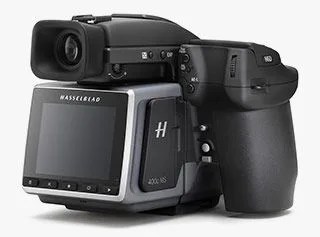
Sensor: CMOS, 100 megapixels (11600 × 8700 pixels)
Image Size: single-shot (100MP), 4-shot (100MP), 6-shot (400MP)
ISO: 64, 100, 200, 400, 800, 1600, 3200, 6400, 12800
Shutter Speed: 60 minutes to 1/2000 sec
Color Definition: 16 bit; Dynamic range approx. 15 stops
Weight: 77 ounces
Price: $47,000 (body only)

